In the vast annals of Earth's history, the story of ants is one of remarkable resilience and evolutionary success. These tiny insects, now found on every continent except Antarctica, have a lineage that stretches back millions of years. However, the exact timeline of their emergence and early evolution has long been shrouded in mystery. A recent discovery, however, has shed new light on this ancient history, revealing that ants were already thriving among dinosaurs much earlier than previously thought.
The Discovery of Vulcanidris cratensis
The breakthrough came in September 2024 when Anderson Lepeco, a researcher at the Museum of Zoology of the University of São Paulo, stumbled upon an "extraordinary" fossil specimen. This nearly overlooked relic, preserved in limestone, turned out to be the oldest known ant specimen, dating back 113 million years to the Cretaceous period. This finding predates previously discovered fossilized ants by several million years, pushing back the known timeline of ant evolution.
The fossil, named Vulcanidris cratensis, was found in the museum's extensive collection of fossilized insects from northeastern Brazil's Crato Formation. This geological deposit is renowned for its exceptional fossil preservation, making it a treasure trove for paleontologists. The Museum of Zoology of the University of São Paulo houses one of the world's largest collections of such fossils, providing a unique window into the ancient world.
The Unique Features of Vulcanidris cratensis
Vulcanidris cratensis is a member of the subfamily Haidomyrmecinae, commonly known as hell ants. These ancient insects lived during the Cretaceous period, which spanned from 145 million to 66 million years ago. Unlike modern ants, hell ants are not related to any living ant species today. Instead, they represent an extinct lineage that diverged early in the evolutionary history of ants.
What sets Vulcanidris cratensis apart is its unusual anatomy. Modern ants have jaws that grasp laterally, moving side to side. In contrast, this ancient ant possessed scythe-like jaws that ran parallel to its head and projected forward from near the eyes. These jaws likely functioned as a forklift, allowing the ant to pin or impale its prey. This sophisticated predatory strategy suggests that even the earliest ants had evolved complex hunting techniques significantly different from their modern counterparts.
Lepeco described his initial reaction to the fossil: "I was just shocked to see that weird projection in front of this (insect’s) head. Other hell ants have been described with odd mandibles, but always as amber specimens." Indeed, it is rare to find insects preserved in rock. Most hell ants from the Cretaceous period have been found entombed in amber from France and Myanmar, dating back to around 99 million years ago. The discovery of Vulcanidris cratensis in Brazil indicates that ants were already widely distributed across the planet at an early point in their evolution.
Implications for Ant Evolution
The discovery of Vulcanidris cratensis has significant implications for our understanding of ant evolution. Ants evolved during the late Jurassic and early Cretaceous periods, roughly 145 million years ago, when ant ancestors diverged from the same group that would give rise to wasps and bees. However, it wasn't until after the asteroid strike that wiped out the dinosaurs 66 million years ago that ants became the most common insect found in the fossil record.
The fossil record for ants has been sparse, with the oldest previously known specimens dating back to around 100 million years ago. The discovery of Vulcanidris cratensis extends this timeline by about ten million years, providing crucial insights into the early stages of ant evolution. "This new find now represents the oldest ant known," said Phil Barden, an associate professor at the New Jersey Institute of Technology who studies the evolutionary history of insects. "It extends the known fossil record for ants by about ten million years."
The Broader Context of Ant Evolution
The Cretaceous period was a time of significant change, marked by the diversification of flowering plants and the rise of dinosaurs. The discovery of Vulcanidris cratensis suggests that ants were already well-established during this period, adapting to a changing world. The fossil also reveals some wasp-like characteristics, indicative of the common ancestry between ants and wasps. For example, the ant's wings had far more veins than those of living ants, highlighting the evolutionary journey that led to the diverse forms we see today.
Micro-computed tomography imaging, a 3D-imaging technique that employs X-rays to view inside the ant, revealed that Vulcanidris cratensis was closely related to hell ants previously known only from Burmese amber fossils. This finding underscores the importance of diverse fossil deposits in piecing together the evolutionary history of insects.
The discovery of Vulcanidris cratensis is a "pretty big deal," as Phil Barden aptly put it. This ancient ant, with its unique anatomical features and sophisticated predatory strategies, provides a rare glimpse into the early stages of ant evolution. The fossil extends the known timeline of ants by about ten million years, highlighting the resilience and adaptability of these tiny insects.
As researchers continue to explore the Crato Formation and other fossil-rich deposits, they hope to uncover more about the ancient world and the creatures that inhabited it. The story of Vulcanidris cratensis is not just a tale of one species but a testament to the enduring legacy of ants, which have thrived for millions of years and continue to dominate the insect world today.
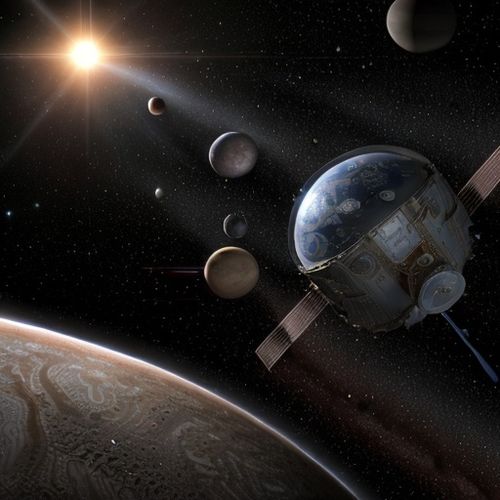
By Sophia Lewis/May 6, 2025

By Olivia Reed/May 6, 2025
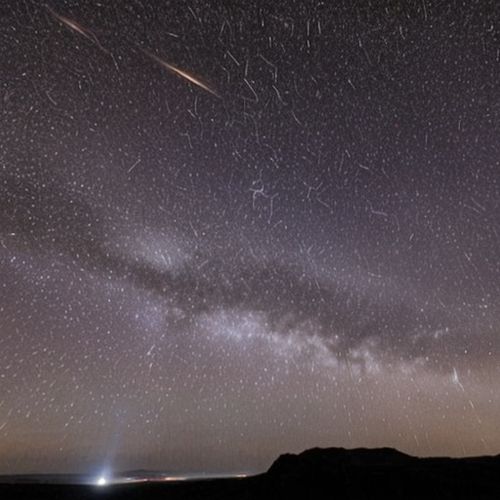
By William Miller/May 6, 2025
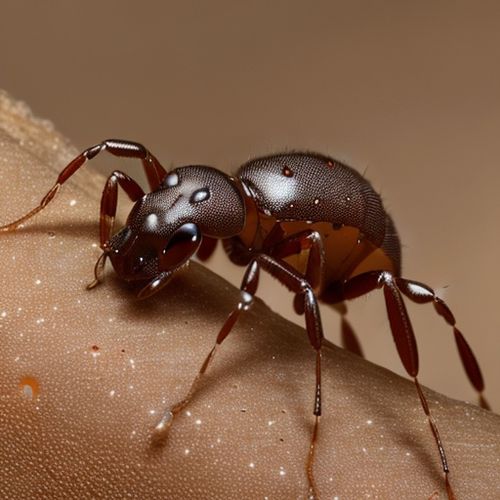
By Eric Ward/May 6, 2025
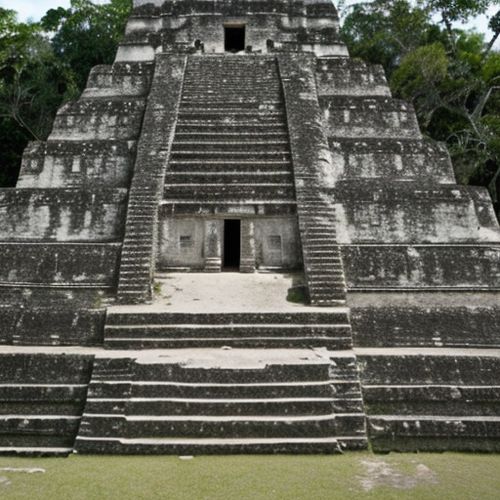
By John Smith/May 6, 2025
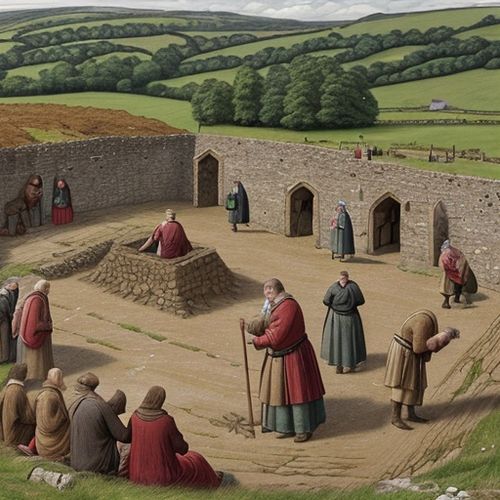
By Rebecca Stewart/May 6, 2025
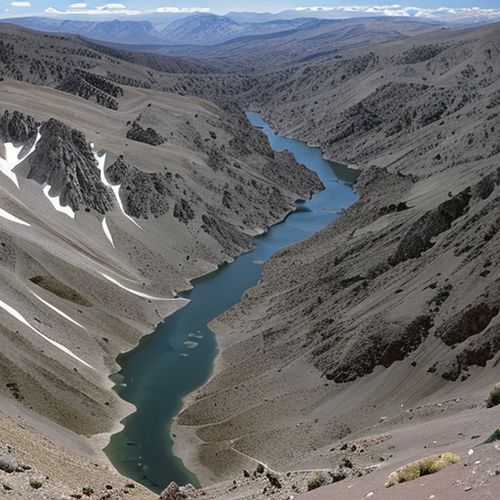
By Benjamin Evans/May 6, 2025
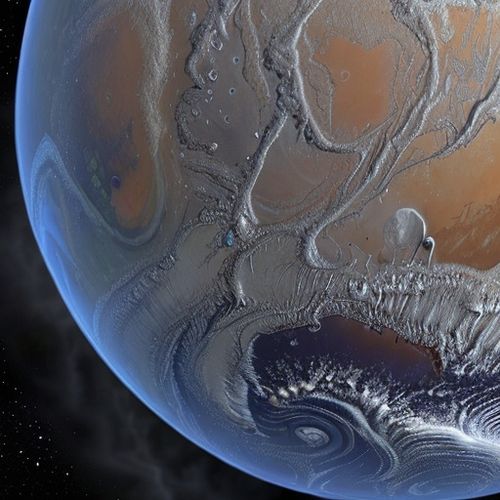
By Eric Ward/May 6, 2025
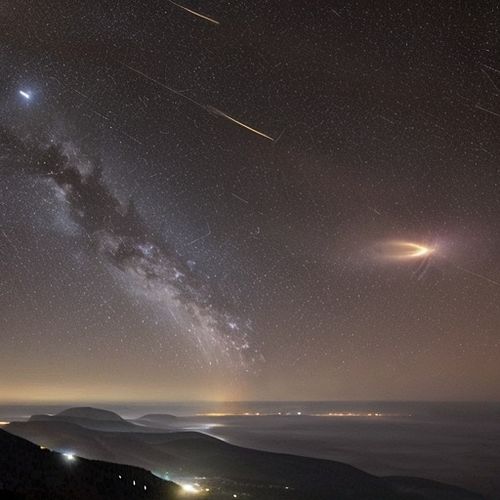
By Eric Ward/May 6, 2025
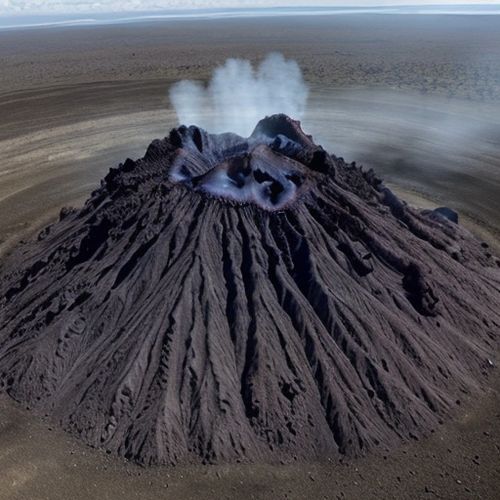
By Daniel Scott/May 6, 2025
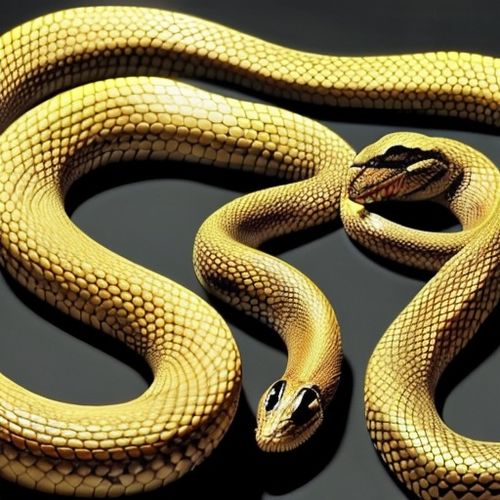
By Benjamin Evans/May 6, 2025

By Elizabeth Taylor/May 6, 2025

By James Moore/May 6, 2025
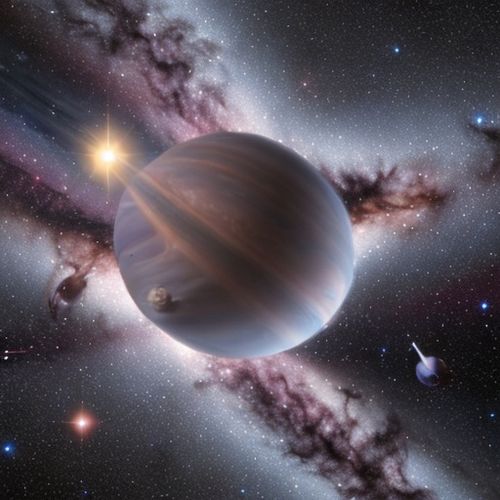
By Victoria Gonzalez/May 6, 2025

By Sophia Lewis/May 6, 2025
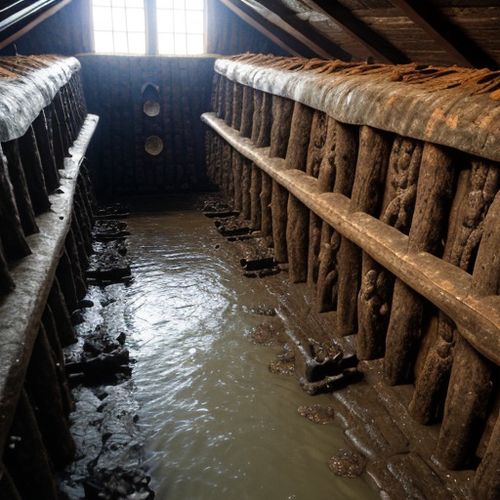
By Laura Wilson/May 6, 2025

By Olivia Reed/May 6, 2025

By David Anderson/May 6, 2025
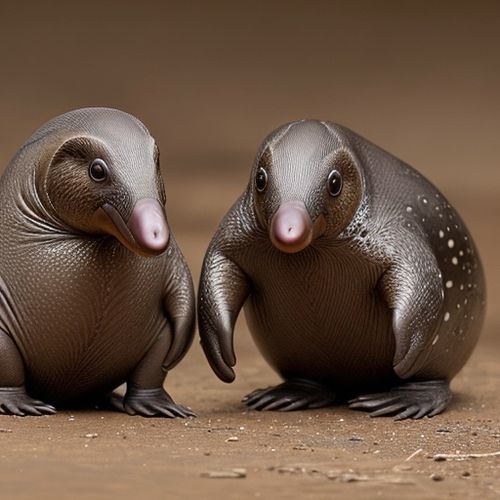
By Olivia Reed/May 6, 2025
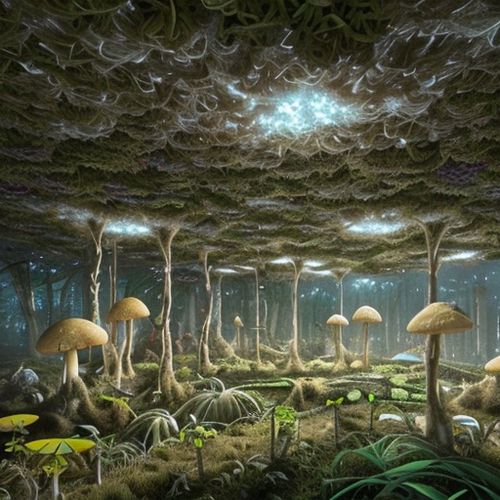
By Sophia Lewis/May 6, 2025